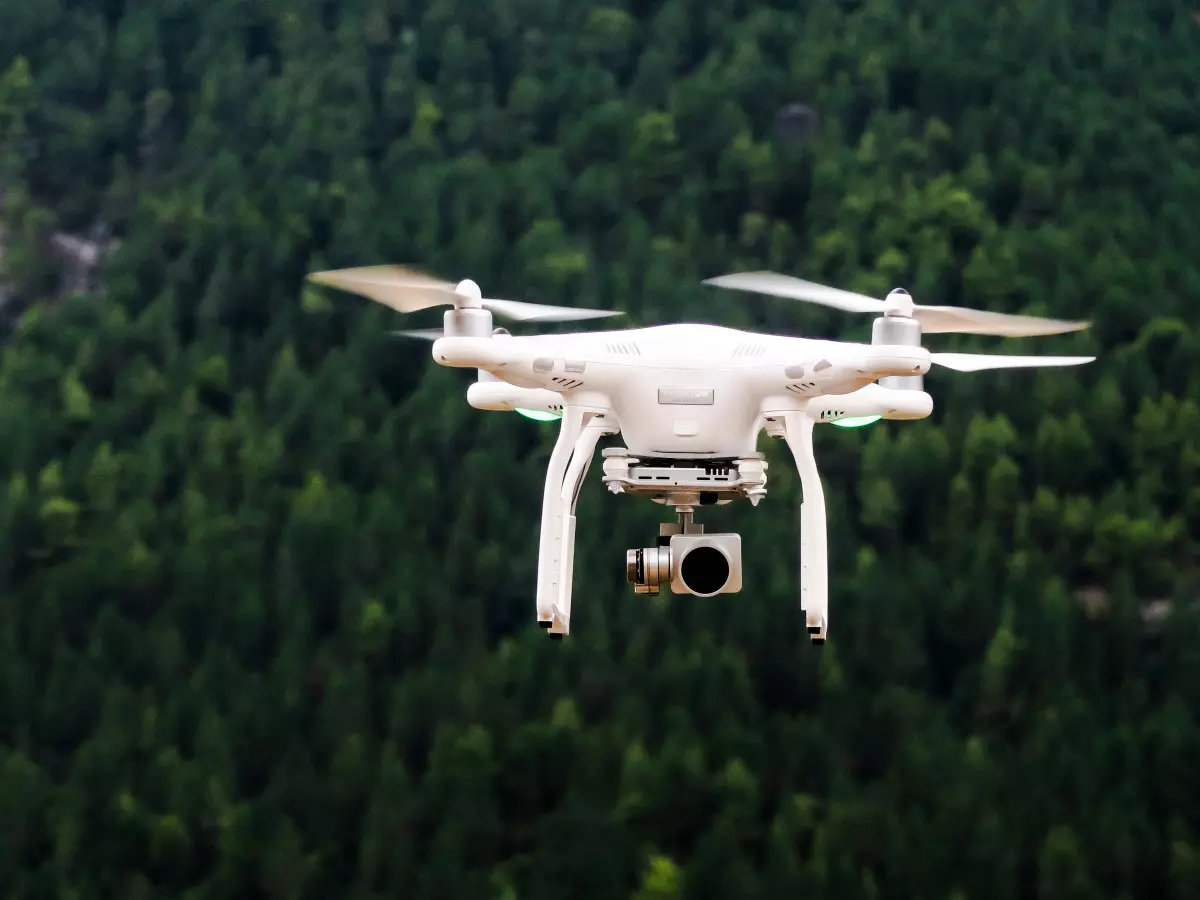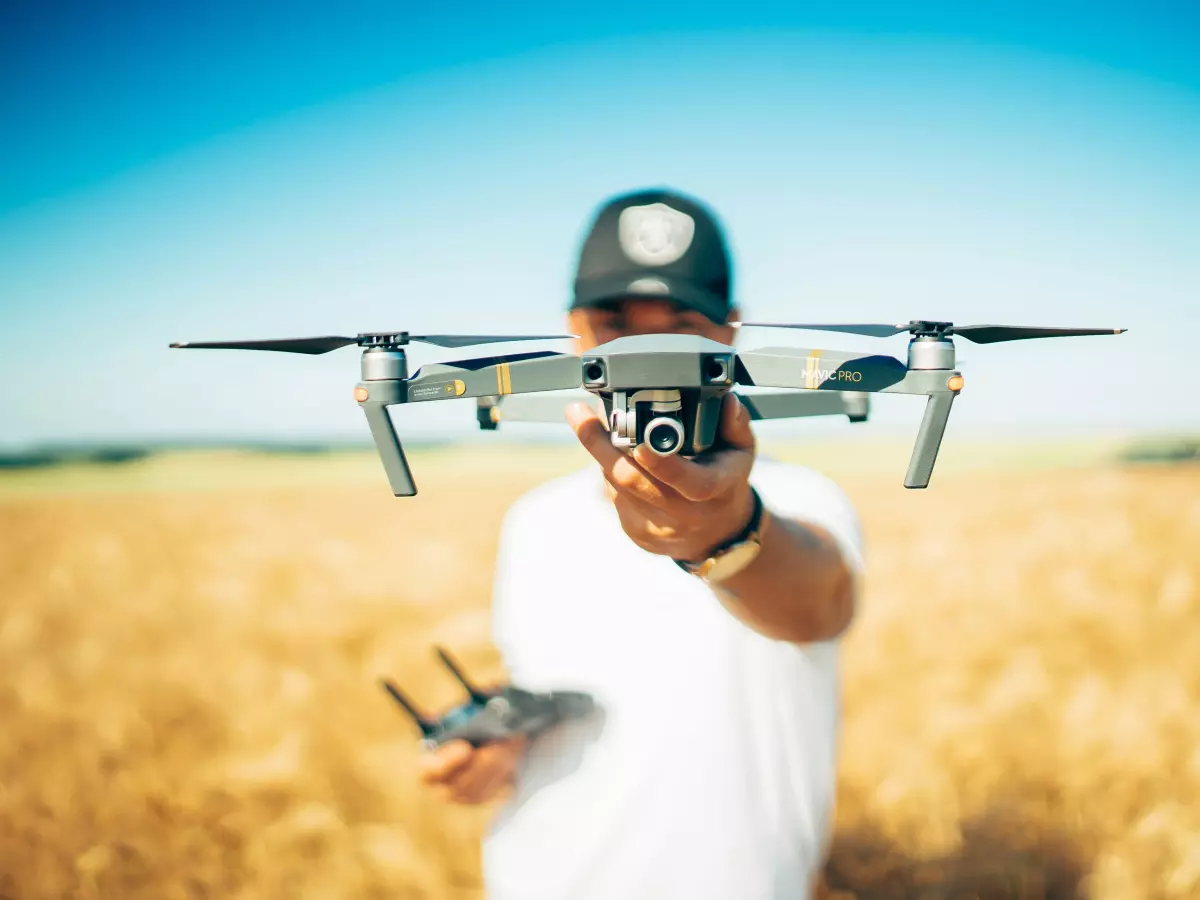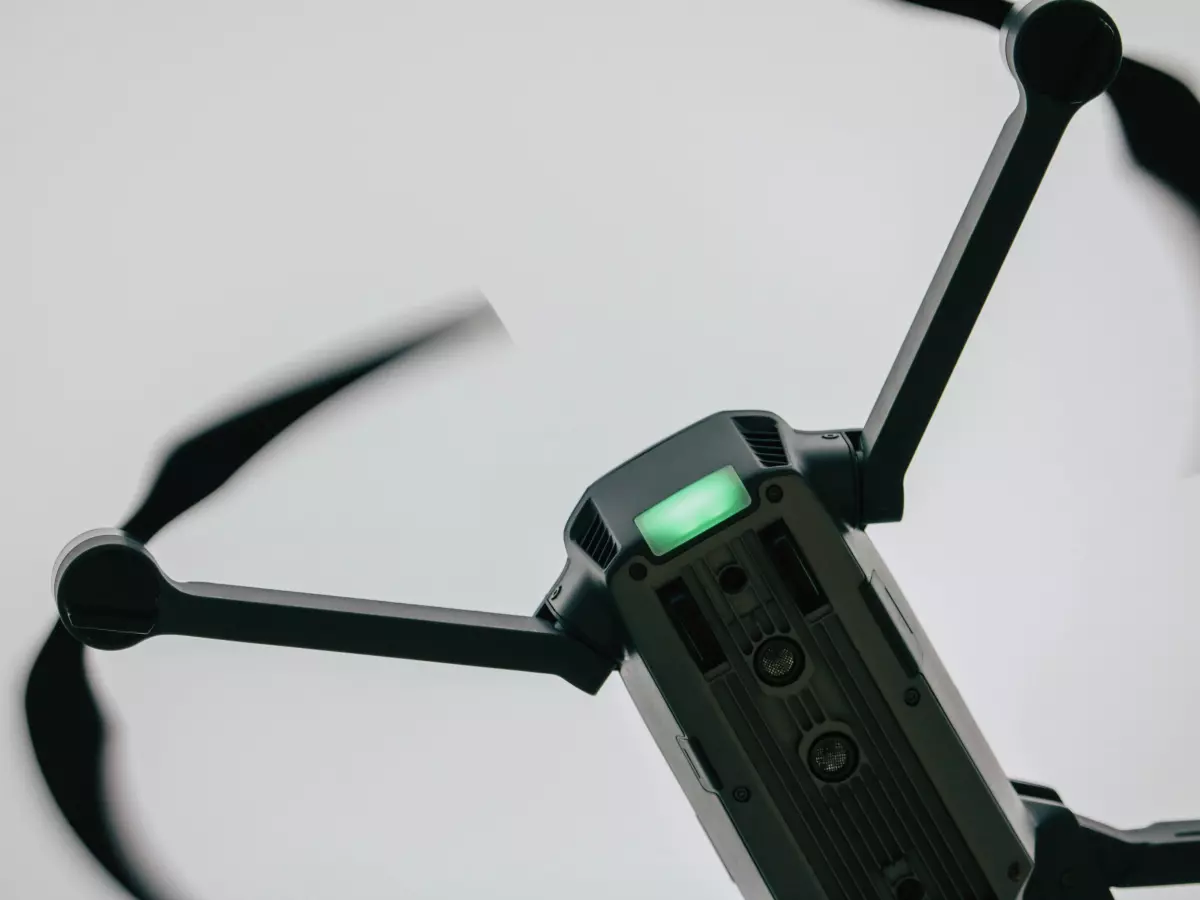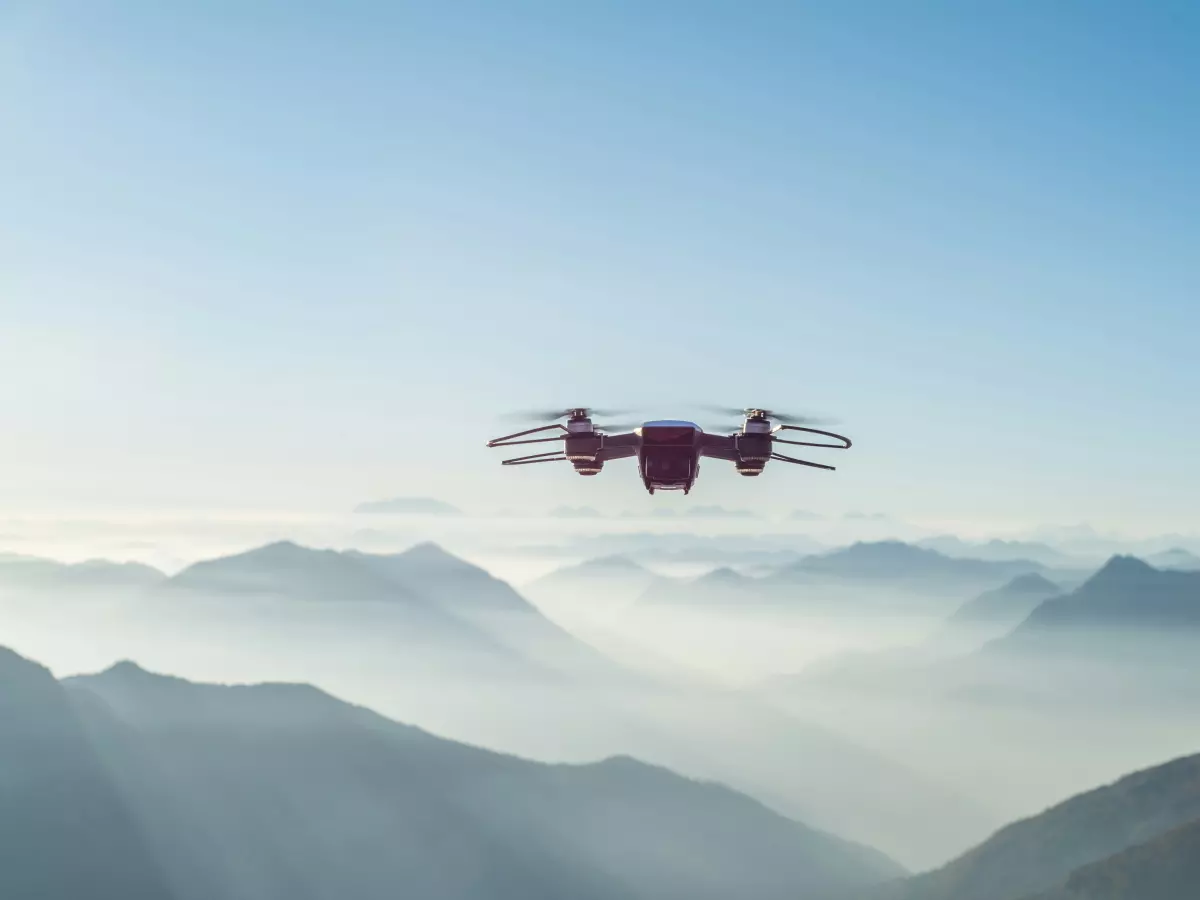Precision in the Skies
Ever wondered how drones manage to fly so smoothly, even in complex environments? It’s not magic—it’s sensor fusion and flight control software working together in perfect harmony. But let’s be real, the tech behind it is anything but simple. If you’ve ever tried to fly a drone manually, you know it’s like trying to juggle while riding a unicycle. So, how do these flying robots make it look so effortless?

By Priya Mehta
Let’s break it down. At the heart of every drone’s smooth flight is a system that merges data from multiple sensors—this is what we call sensor fusion. Think of it as the drone’s way of seeing and understanding the world around it. But here’s the kicker: all that data would be useless without the brains behind the operation—the flight control software. This software takes the raw data from the sensors, processes it, and makes real-time decisions to keep the drone stable, avoid obstacles, and even land safely. It’s like having a super-smart co-pilot that never gets tired.
Now, let’s dive into the nitty-gritty of how sensor fusion and flight control software work together to make drones the precision machines they are today.
What Exactly is Sensor Fusion?
In simple terms, sensor fusion is the process of combining data from multiple sensors to create a more accurate and reliable picture of the drone’s surroundings. Imagine you’re walking down a street. You’re using your eyes to see, your ears to hear, and your sense of touch to feel the wind. Now, imagine if you could only rely on one of those senses. You’d probably miss a lot, right? That’s exactly what happens with drones. They rely on multiple sensors—like GPS, accelerometers, gyroscopes, cameras, and even LiDAR—to navigate and stay stable.
But here’s the tricky part: each sensor has its own strengths and weaknesses. GPS is great for knowing where the drone is in the world, but it’s not very helpful when you’re flying indoors. Cameras can give you a visual of the environment, but they struggle in low-light conditions. This is where sensor fusion comes in. By merging data from all these sensors, the drone can create a more complete and reliable understanding of its environment. It’s like having a backup plan for every situation.
The Role of Flight Control Software
Okay, so we’ve got all this data from the sensors, but what happens next? This is where the flight control software steps in. It’s the brain of the drone, constantly processing the sensor data and making real-time decisions to keep the drone flying smoothly. Think of it like this: the sensors are the eyes and ears, and the flight control software is the brain that interprets what those senses are telling it.
Flight control software is responsible for everything from stabilizing the drone in the air to executing complex maneuvers. It’s also what allows the drone to react to changes in its environment. For example, if a gust of wind pushes the drone off course, the flight control software will detect this through the sensors and make adjustments to bring the drone back on track. It’s like having a tiny autopilot that’s always on the job.
Autonomy: The Future of Drone Flight
Now, let’s talk about autonomy. You’ve probably heard the term thrown around a lot in the drone world. But what does it really mean? In the context of drones, autonomy refers to the ability of the drone to make decisions and execute actions without human intervention. And guess what? Sensor fusion and flight control software are the key ingredients that make autonomy possible.
When a drone is flying autonomously, it’s constantly gathering data from its sensors and using the flight control software to make decisions in real-time. This allows the drone to navigate complex environments, avoid obstacles, and even land safely without any input from a human operator. It’s like giving the drone a mind of its own.
But we’re not just talking about basic navigation here. Autonomous drones are being used in a wide range of industries, from agriculture to search and rescue. In agriculture, for example, drones can autonomously survey crops, identify areas that need attention, and even apply fertilizers or pesticides. In search and rescue missions, drones can navigate through dangerous or hard-to-reach areas, providing real-time data to rescuers on the ground. The possibilities are endless.
Challenges and Future Developments
Of course, no technology is without its challenges, and drones are no exception. One of the biggest challenges in achieving full autonomy is dealing with unpredictable environments. While sensor fusion and flight control software have come a long way, they’re not perfect. For example, drones can still struggle in environments with poor GPS signals or in situations where their sensors are obstructed.
But the good news is that researchers and engineers are constantly working on improving these systems. Advances in machine learning and AI are helping drones become even more autonomous, allowing them to learn from their environments and make smarter decisions. In the future, we might see drones that can adapt to new environments on the fly, without needing any pre-programmed instructions.
So, the next time you see a drone flying smoothly through the air, remember that it’s not just a fancy toy. It’s a complex system of sensors and software working together to create a seamless and autonomous flight experience. And as technology continues to evolve, we can expect drones to become even more capable and autonomous, opening up new possibilities for how we use them in our everyday lives.
Wrapping It Up
In a nutshell, sensor fusion and flight control software are the unsung heroes behind every drone’s precision and autonomy. They’re the reason drones can fly smoothly, avoid obstacles, and even make decisions on their own. As these technologies continue to evolve, we’re only scratching the surface of what drones will be able to do in the future. So, whether you’re a drone enthusiast or just curious about the tech, one thing’s for sure—drones are here to stay, and they’re only going to get smarter.





